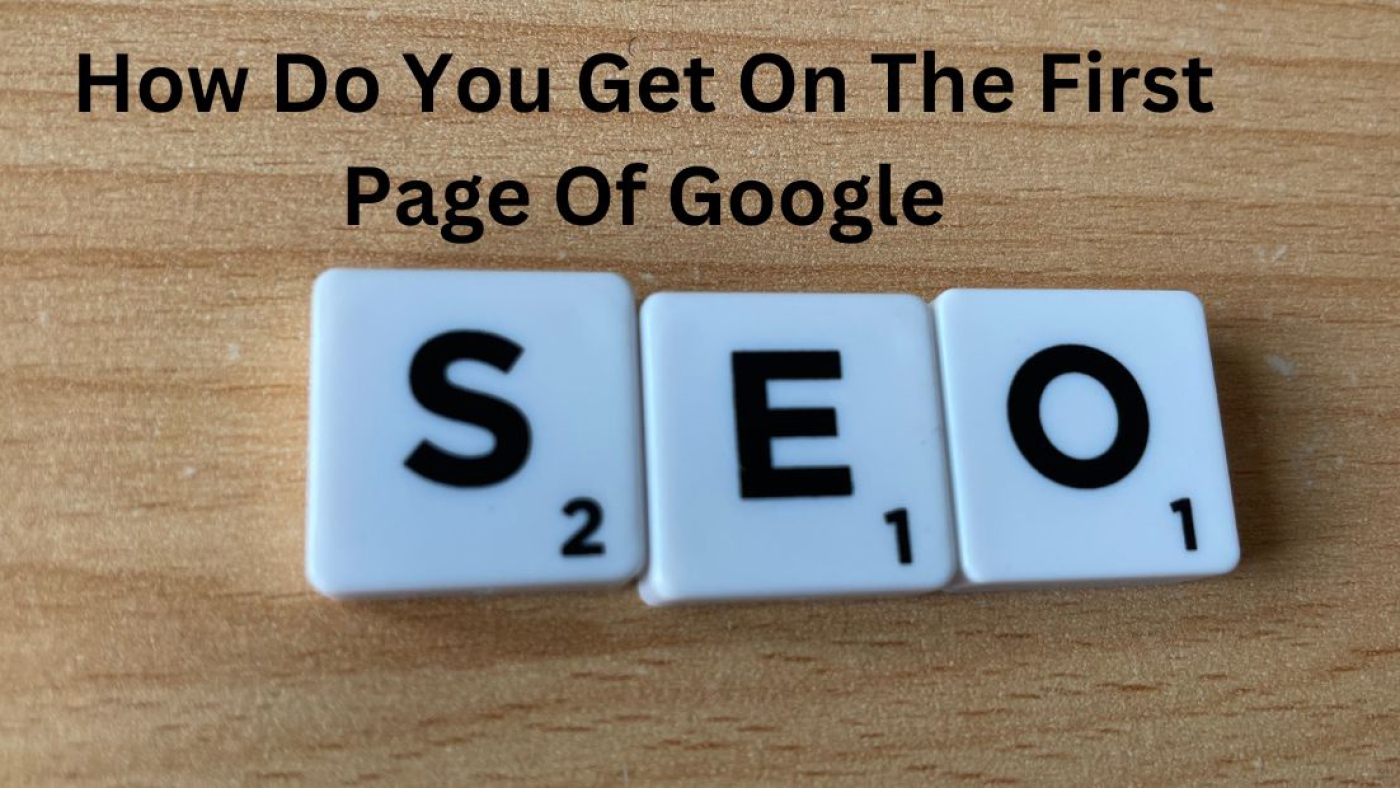Achieving the coveted spot on the first page of Google is the goal of every website owner and digital marketer. The top positions on search engine results pages (SERPs) lead to more traffic, visibility, and, ultimately, business success. But how do you actually get there? What steps do you need to follow to climb the ranks of Google’s ever-changing algorithms?
In this guide, we’ll break down the essential strategies you need to implement to improve your website’s SEO and increase your chances of landing on the first page of Google.
How to Get on the First Page of Google: The SEO Blueprint
The first step to ranking on Google is understanding how its algorithms work. Google’s search algorithms are constantly evolving, but they share some consistent criteria for ranking websites. From keyword optimization to high-quality content, there are specific factors you can control to improve your SEO. Let’s dive into the most important strategies.
1: Perform Keyword Research for Better Optimization
To rank on Google, you need to start with the basics: keyword research. Identifying the right keywords is crucial for helping Google understand what your page is about and matching it with relevant search queries.
- Use SEO Tools: Utilize tools like Google Keyword Planner, Ahrefs, or SEMrush to find keywords related to your niche. Look for a mix of short-tail and long-tail keywords that your target audience is likely to search for.
- Focus on User Intent: Understand the searcher’s intent behind the keyword. Are they looking for information, products, or services? Tailor your content to meet these needs.
- Optimize for Low Competition Keywords: While high-competition keywords are tempting, they may be hard to rank for. Targeting lower-competition, long-tail keywords can give you a better shot at ranking higher in search results.
Create High-Quality, Relevant Content
Google values content that provides value to users. To increase your chances of appearing on the first page, you must create content that is not only informative but also engaging, relevant, and well-researched.
- Content Quality: Write detailed, comprehensive content that thoroughly answers the user’s search query. Break your content into easily digestible sections, using headings and bullet points for easy reading.
- Include Multimedia: Adding images, videos, and infographics can make your content more engaging and increase the time users spend on your page, which can positively affect rankings.
- Optimize Content for Search Intent: Ensure that your content is aligned with the search intent of your targeted keywords. If someone is searching for “how do you get on the first page of Google,” they’re looking for actionable advice, so focus on providing a clear guide.
On-Page SEO Optimization
On-page SEO refers to the elements within your website that you can control. Properly optimizing these aspects helps Google better understand and rank your content.
- Title Tags and Meta Descriptions: Your title tag should include your target keyword and be under 60 characters. The meta description should summarize your content in 150-160 characters, providing a compelling reason for users to click on your link. For example:Meta Description: Learn how to get on the first page of Google with effective SEO strategies. Discover keyword research, content creation, and optimization tips to improve rankings.
- Header Tags (H1, H2, H3): Use header tags to structure your content logically. Your primary keyword should appear in the H1 tag. Use H2 and H3 tags for subheadings and additional content organization, incorporating secondary keywords where relevant.
- Image Optimization: Ensure that your images are compressed for fast loading and have descriptive ALT tags that include relevant keywords.
- URL Structure: Keep your URLs short, descriptive, and keyword-rich. For example:
Improve Your Site’s Technical SEO
Technical SEO is a critical part of ranking on Google’s first page. This includes the aspects of your website that ensure search engines can crawl and index your pages properly.
- Mobile Optimization: Google prioritizes mobile-friendly sites. Ensure your website is responsive and easy to navigate on smartphones and tablets.
- Improve Page Speed: Google takes page speed seriously. Use tools like Google PageSpeed Insights to check your site’s speed and implement improvements such as image compression, browser caching, and reducing server response time.
- Fix Crawl Errors: Use Google Search Console to check for crawl errors, broken links, or redirects that might hinder your site’s ability to rank.
Build a Strong Backlink Profile
Backlinks are one of the most important ranking factors. Google sees backlinks as endorsements of your content’s quality. The more high-quality backlinks your site has, the more likely it is to rank higher on the first page.
- Focus on Quality over Quantity: Aim for backlinks from authoritative, relevant websites. A few high-quality backlinks are more valuable than hundreds of low-quality links.
- Guest Blogging and Outreach: Reach out to other websites in your industry for guest blogging opportunities, or collaborate with influencers to get more backlinks.
- Create Shareable Content: Content that is valuable, unique, and highly shareable is more likely to earn backlinks. Infographics, original research, and case studies are great examples.
Enhance User Experience (UX)
User experience (UX) directly affects your rankings. Google rewards websites that provide an excellent user experience, so ensure your site is easy to navigate and provides a positive experience.
- Improve Navigation: Your website’s structure should be simple and intuitive. Users should be able to find what they’re looking for in just a few clicks.
- Reduce Bounce Rate: A high bounce rate can signal to Google that your site doesn’t provide value. Ensure your content is engaging, and your site is fast and easy to use.
Monitor, Analyze, and Adjust Your SEO Efforts
SEO is not a one-time effort but an ongoing process. Monitor your rankings, traffic, and conversions regularly to see how your strategies are performing.
- Use Google Analytics and Google Search Console: These tools will help you track your website’s performance, identify areas for improvement, and adjust your strategy accordingly.
- Stay Updated on SEO Trends: Google’s algorithms are constantly changing, so stay updated on the latest SEO trends and best practices to maintain or improve your rankings.
Conclusion:
Getting on the first page of Google may seem challenging, but with the right strategies in place, it’s entirely achievable. Focus on high-quality content, keyword optimization, technical SEO, user experience, and building backlinks. Keep monitoring your performance and adjusting your strategies as needed. SEO is a marathon, not a sprint, and consistent effort will pay off in the long run.


Add a Comment